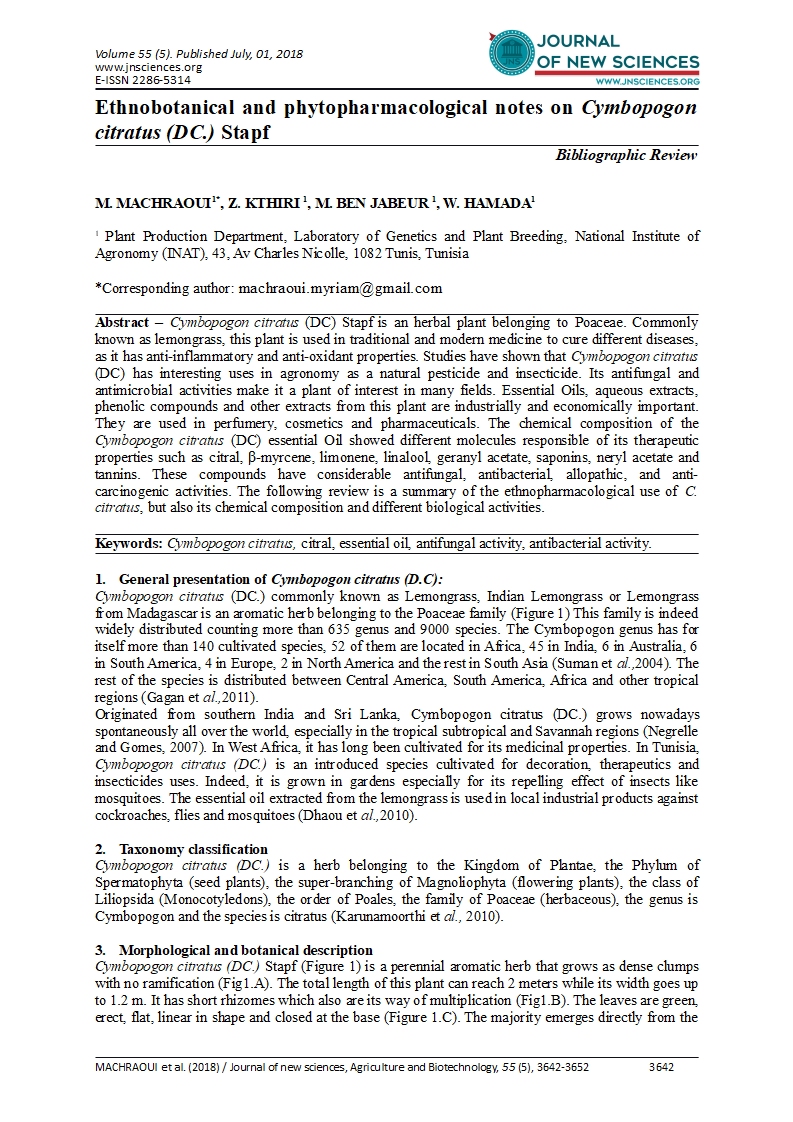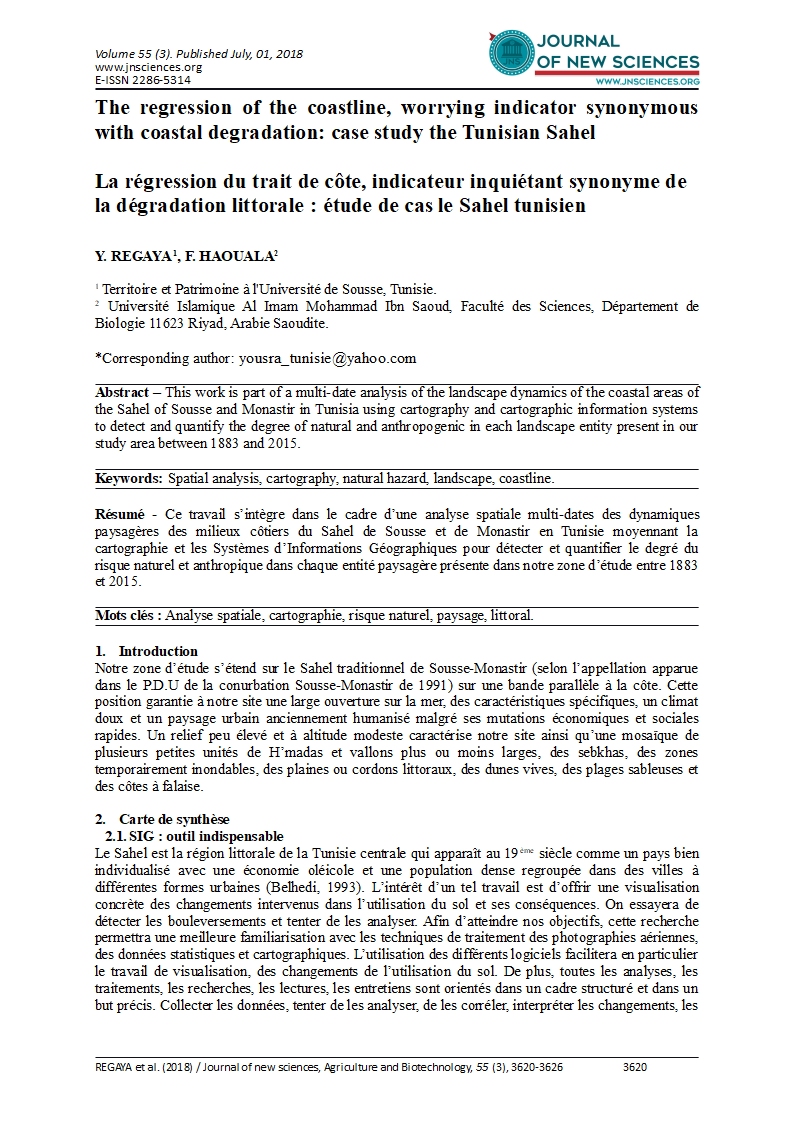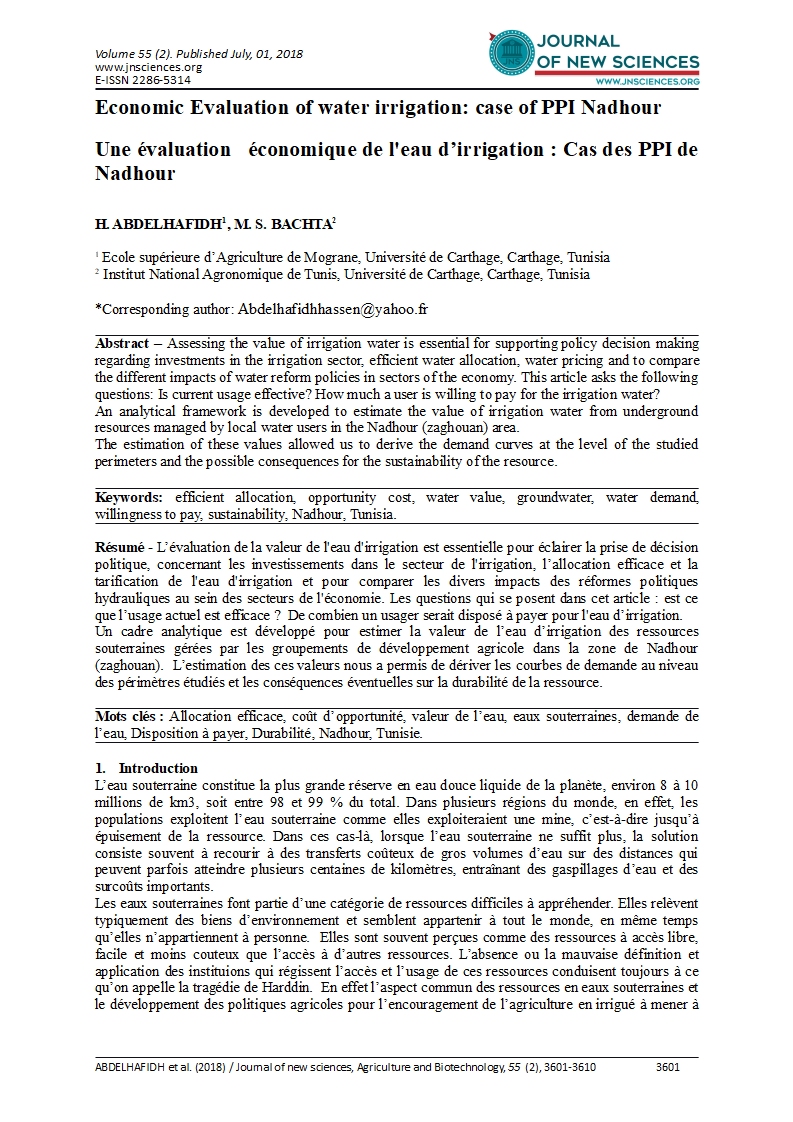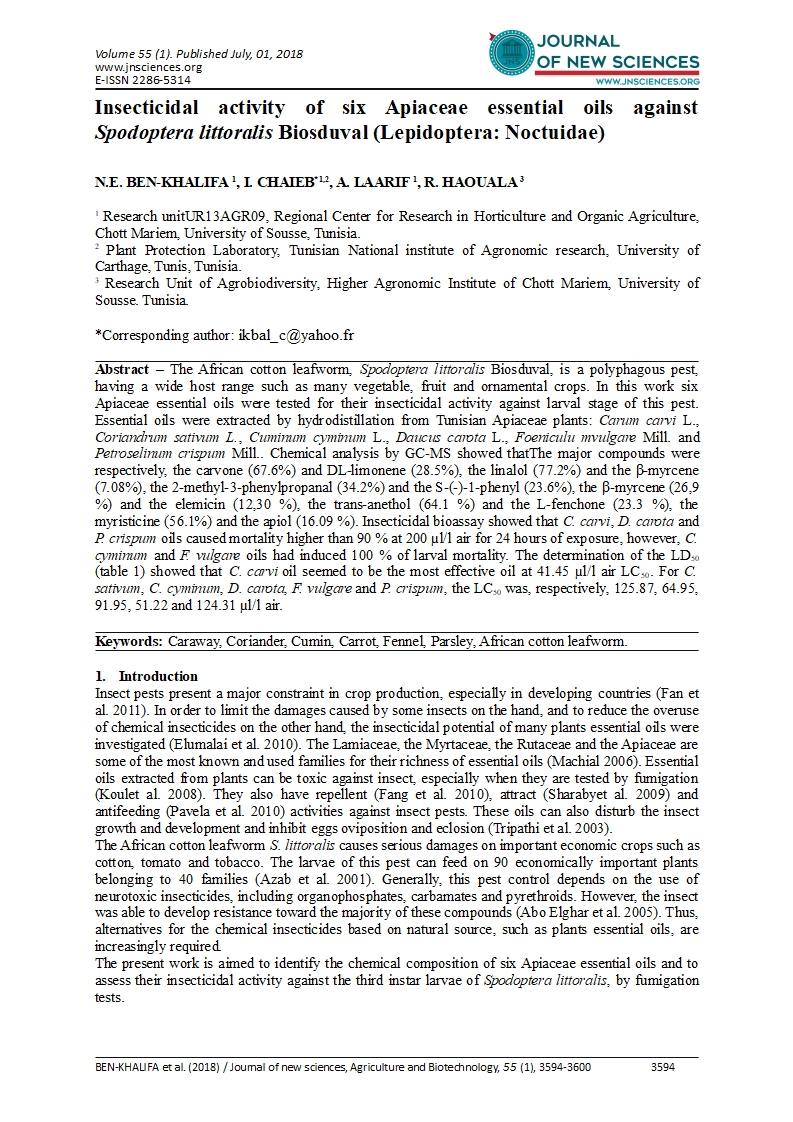- Category: Volume 55
- Hits: 15532
Ethnobotanical and phytopharmacological notes on Cymbopogon citratus (DC.) Stapf

Bibliographic Review
M. MACHRAOUI1*
Z. KTHIRI 1
M. BEN JABEUR 1
W. HAMADA1
1 Plant Production Department, Laboratory of Genetics and Plant Breeding, National Institute of Agronomy (INAT), 43, Av Charles Nicolle, 1082 Tunis, Tunisia
Abstract – Cymbopogon citratus (DC) Stapf is an herbal plant belonging to Poaceae. Commonly known as lemongrass, this plant is used in traditional and modern medicine to cure different diseases, as it has anti-inflammatory and anti-oxidant properties. Studies have shown that Cymbopogon citratus (DC) has interesting uses in agronomy as a natural pesticide and insecticide. Its antifungal and antimicrobial activities make it a plant of interest in many fields. Essential Oils, aqueous extracts, phenolic compounds and other extracts from this plant are industrially and economically important. They are used in perfumery, cosmetics and pharmaceuticals. The chemical composition of the Cymbopogon citratus (DC) essential Oil showed different molecules responsible of its therapeutic properties such as citral, β-myrcene, limonene, linalool, geranyl acetate, saponins, neryl acetate and tannins. These compounds have considerable antifungal, antibacterial, allopathic, and anti-carcinogenic activities. The following review is a summary of the ethnopharmacological use of C. citratus, but also its chemical composition and different biological activities.
Keywords: Cymbopogon citratus, citral, essential oil, antifungal activity, antibacterial activity.



